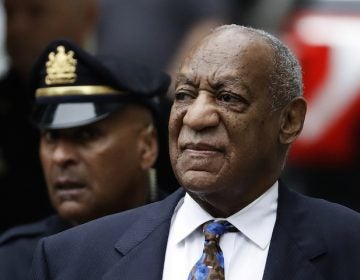Drawing on years of courtroom experience, N.J. artist renders Cosby trial scenes
-
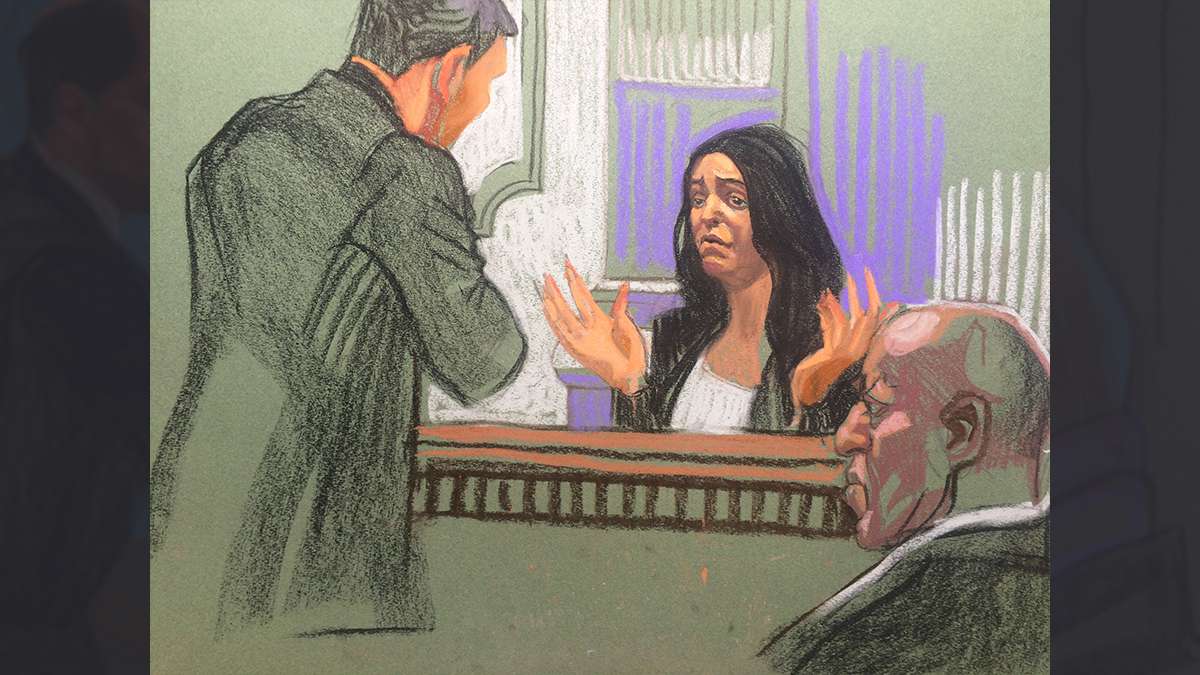
Courtroom scene from day two of the Bill Cosby trial, as drawn by sketch artist Christine Cornell (image courtesy of Christine Cornell)
-
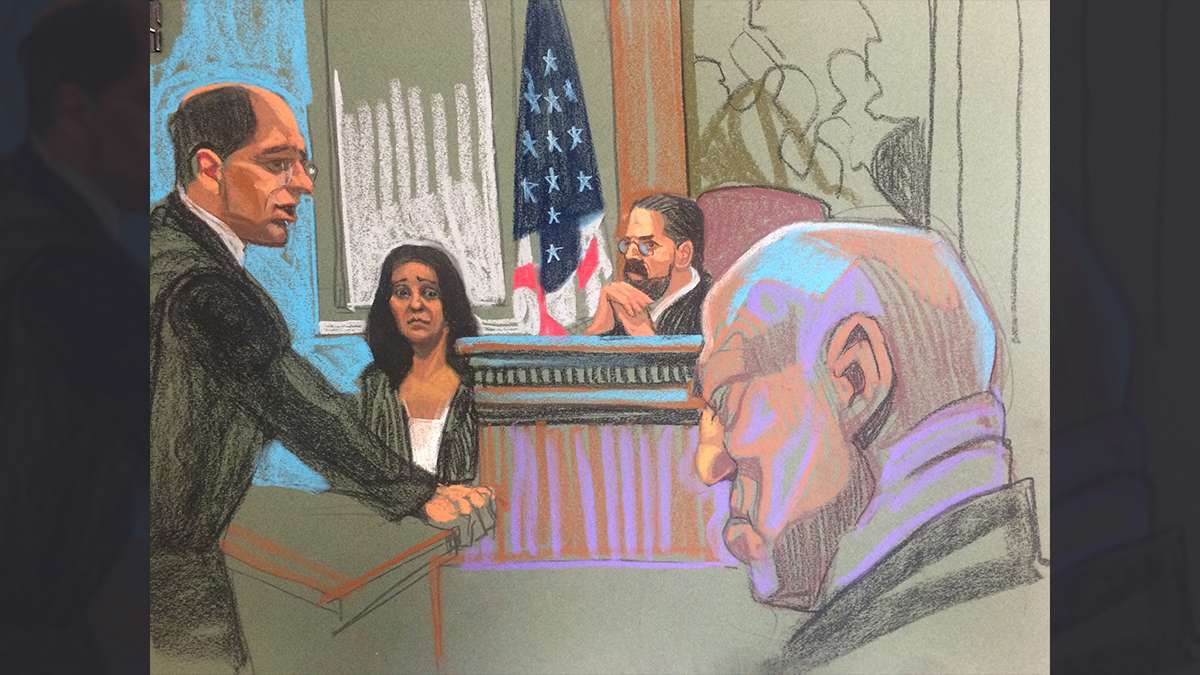
Courtroom scene from day two of the Bill Cosby trial, as drawn by sketch artist Christine Cornell (image courtesy of Christine Cornell)
-
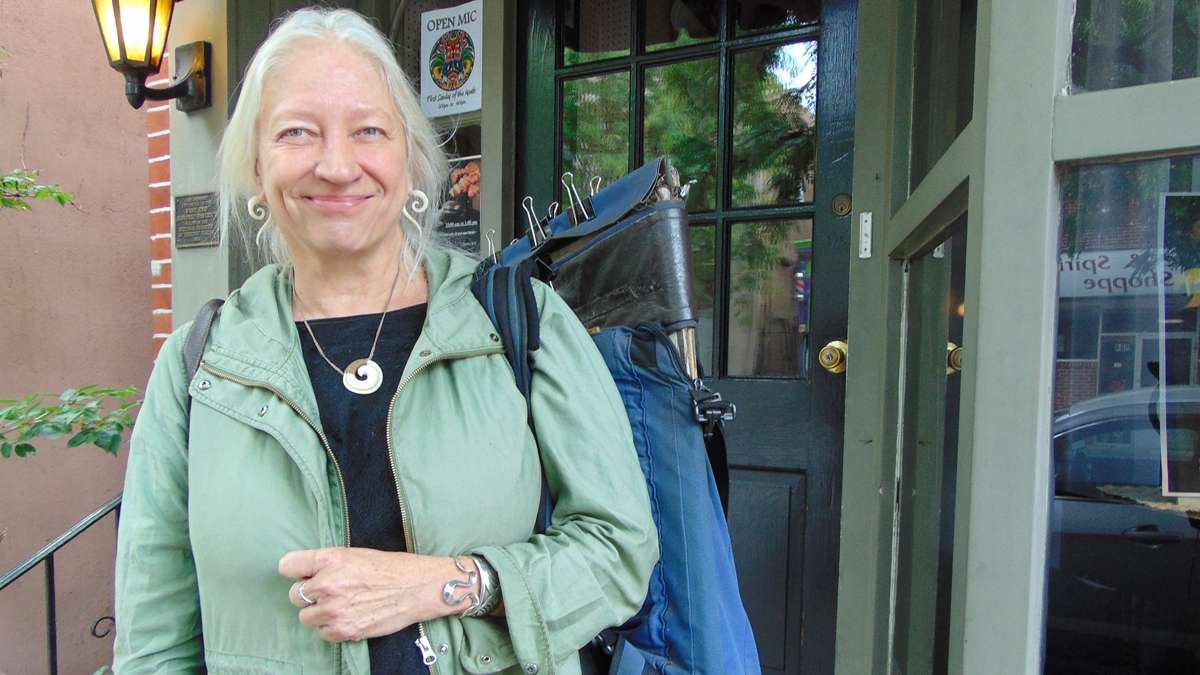
Courtroom scene from day two of the Bill Cosby trial, as drawn by sketch artist Christine Cornell (image courtesy of Christine Cornell)
-
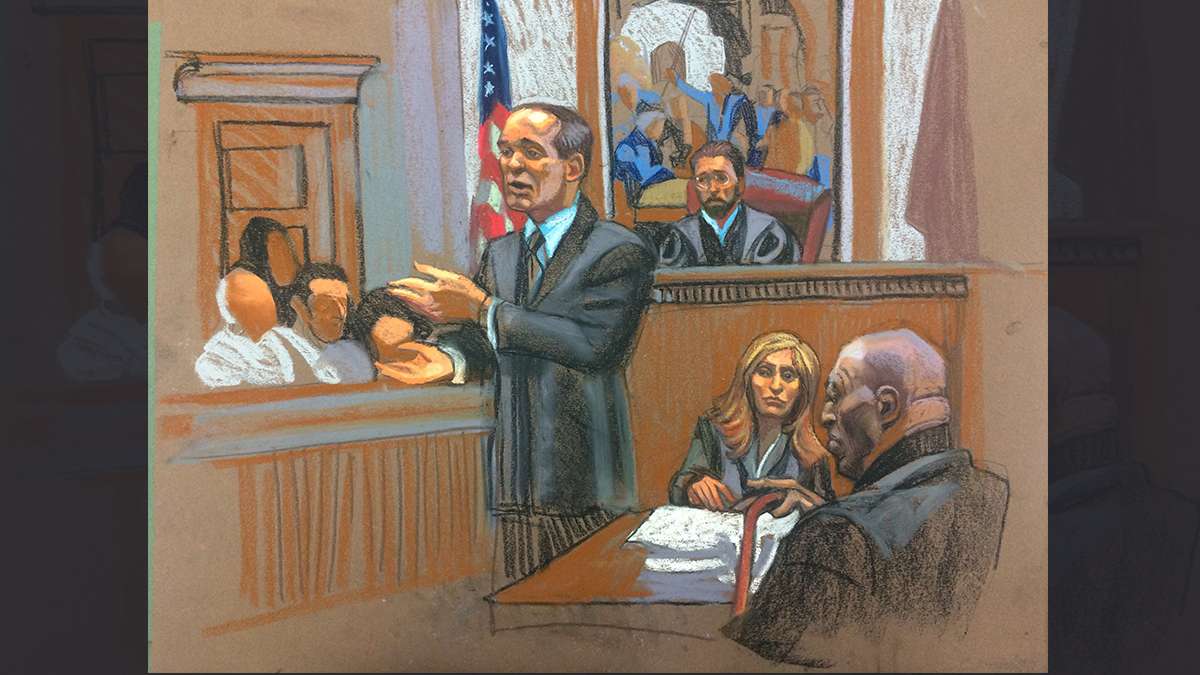
Courtroom scene from day two of the Bill Cosby trial, as drawn by sketch artist Christine Cornell (image courtesy of Christine Cornell)
-
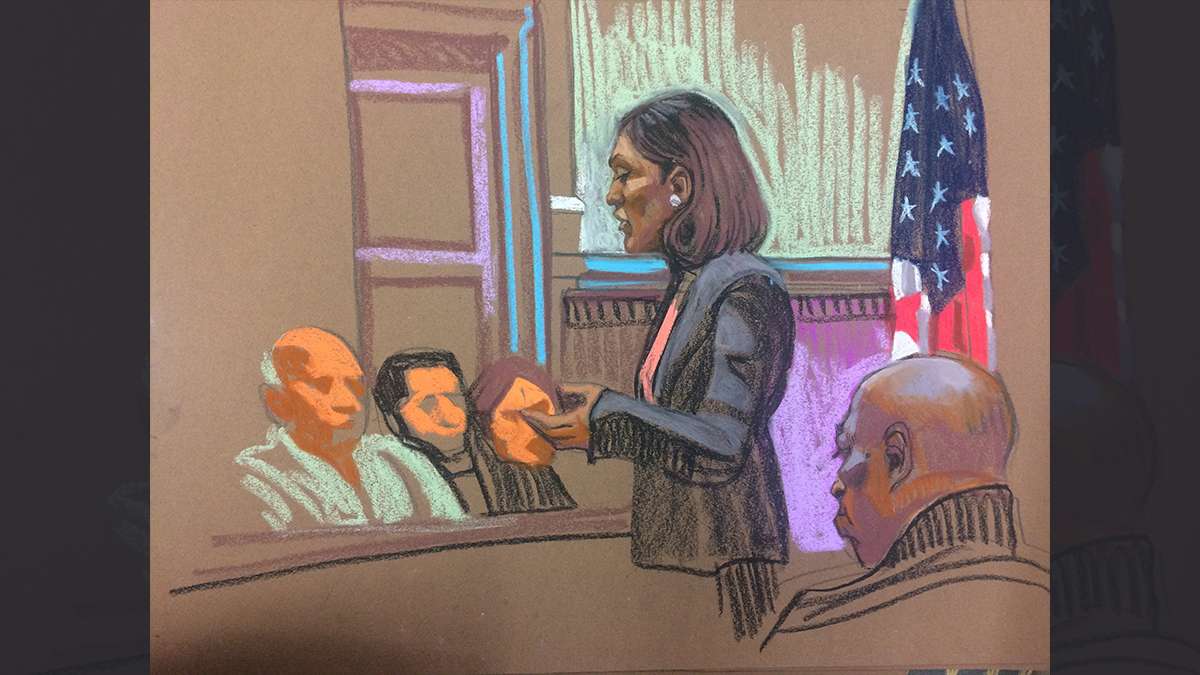
Courtroom scene from day two of the Bill Cosby trial, as drawn by sketch artist Christine Cornell (image courtesy of Christine Cornell)
-
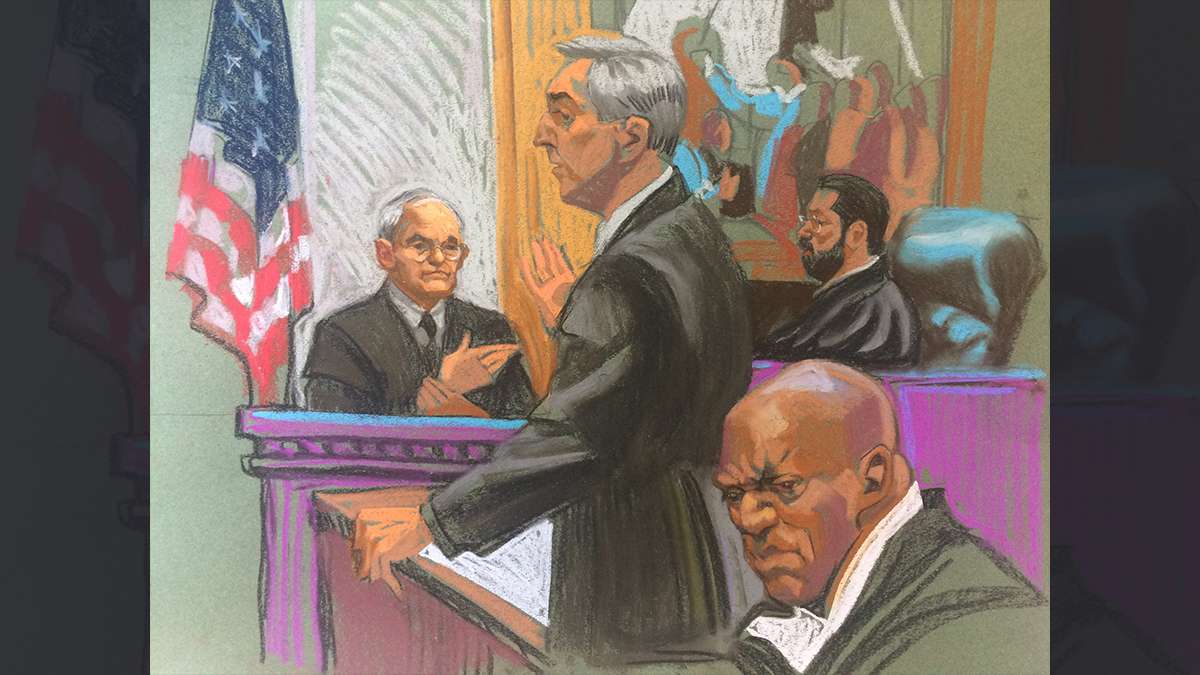
Courtroom scene from day two of the Bill Cosby trial, as drawn by sketch artist Christine Cornell (image courtesy of Christine Cornell)
-
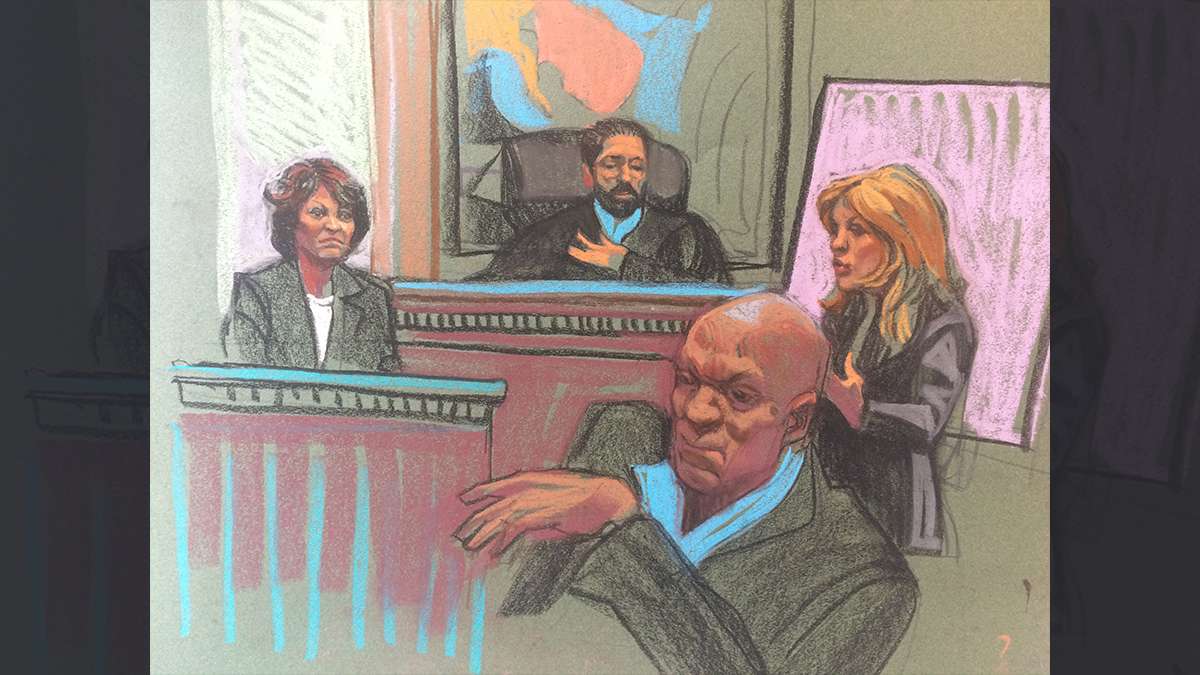
Courtroom scene from day two of the Bill Cosby trial, as drawn by sketch artist Christine Cornell (image courtesy of Christine Cornell)
-
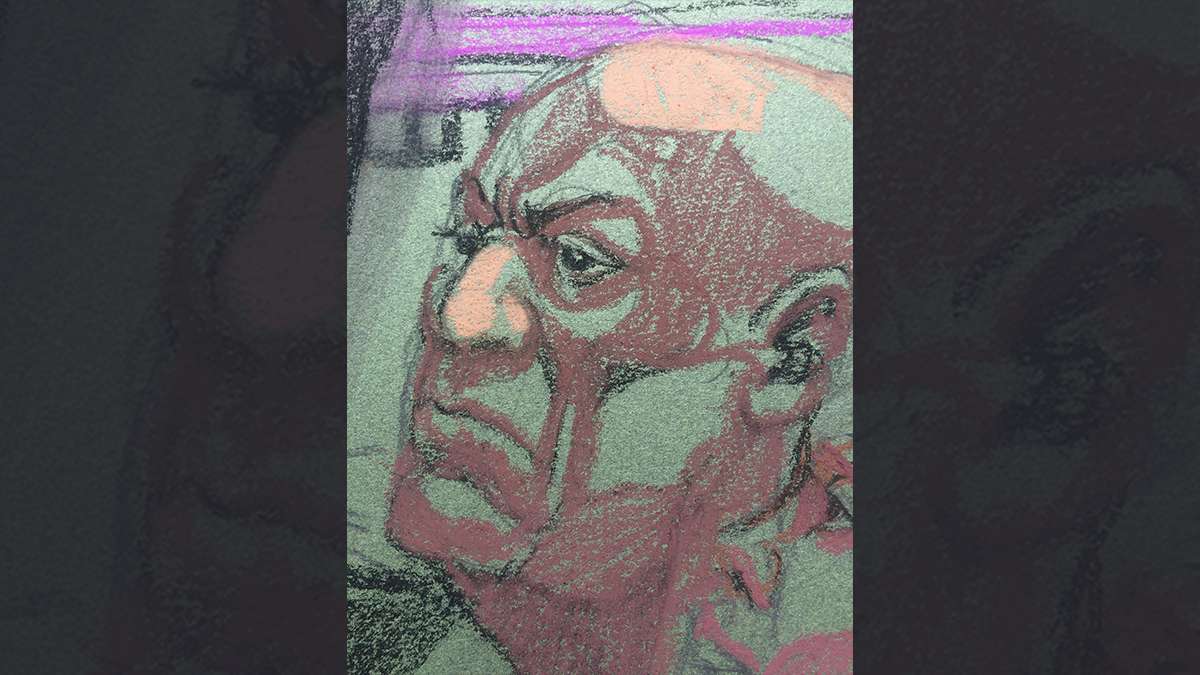
Courtroom scene from day two of the Bill Cosby trial, as drawn by sketch artist Christine Cornell (image courtesy of Christine Cornell)
-
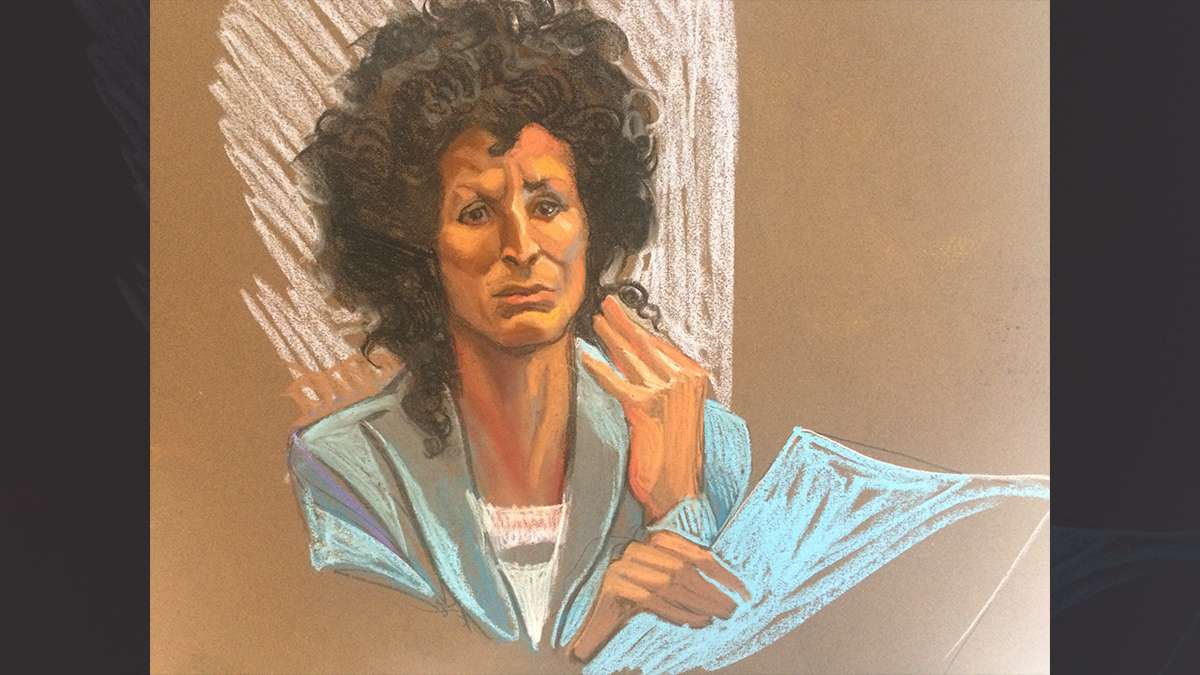
Courtroom scene from day two of the Bill Cosby trial, as drawn by sketch artist Christine Cornell (image courtesy of Christine Cornell)
-
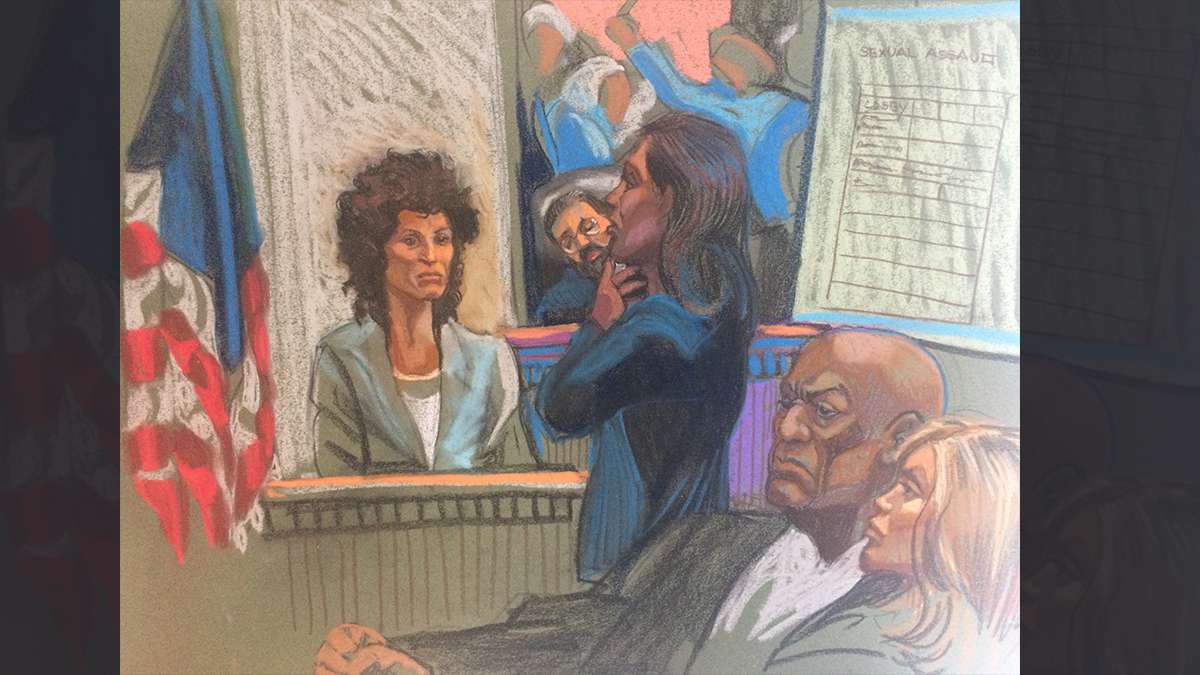
Courtroom scene from day two of the Bill Cosby trial, as drawn by sketch artist Christine Cornell (image courtesy of Christine Cornell)
Martha Stewart demanded she be drawn with a perfect complexion and no flaws. Leona Helmsley didn’t like how her hair looked. “If it’s that messy, my husband will divorce me!” she said.
And Bill Cosby? Drawing him is as easy as “zip zop wop boopity bop,” as the former Pudding Pops pitchman would say.
“He’s like a gargoyle, very tragedian features, so expressive,” artist Christine Cornell said. “It draws itself — all you have to do is get a little glimpse of him, and there’s something rich there.”
Cornell is a courtroom sketch artist. For more than 40 years, the Weehawken, New Jersey, woman has drawn deviants from Son of Sam killer David Berkowitz to gangster John Gotti.
For the next two weeks, she’ll be in the Montgomery County Courthouse, capturing Cosby’s every facial expression as he faces felony sexual assault charges stemming from a 2004 encounter in his Elkins Park mansion. Working as a sketch artist for broadcast news outlets in a state that bars cameras in courtrooms, she’ll draw several trial scenes a day that may appear everywhere from MSNBC to CNN.
Cornell, 62, has never seen Cosby’s TV show, beyond snippets here and there.
“My father didn’t believe in having a television,” she said. “He said it would kill the art of conversation, that it was chewing gum for the brain. So I didn’t grow up with TV at all.
Still, Cornell has been drawing Cosby for decades.
In 1997, she was in the courtroom when Autumn Jackson, a woman claiming to be Cosby’s illegitimate daughter, stood trial on charges of trying to extort $40 million from the entertainer. The case soured her on him.
“He testified against her, he refused to take a DNA test, and she went to jail,” Cornell remembered. “I thought there was something kind of cruel about him and dismissive that he could allow her to go to prison,” given that he had an affair in 1974 with Jackson’s mother and had paid her for years to stay quiet about it.
She began drawing Cosby again a year and a half ago, when he was arrested on charges of assaulting athlete Andrea Constand, and has been at most of courtroom appearances since.
Far from front-row vantage
Monday, with the media mobbing outside and court staff on high-alert to protect sequestered jurors, might have been among her most challenging days on the case.
“I got one of the most God-awful seats — it was almost like they were singling the artist out for torture,” she said. “They put me behind a pillar, four rows back from the front. I looked at the prosecutor, and his head was literally maybe three-quarters of an inch high, from my seat. So what did I do? I started drawing.”
“They’re having a little bit of small-town-itis,” she said of Norristown. “They’re not used to having such a crush of press. There’s this daily thing where you see the whites around their eyes when they count the news trucks outside. It was like getting into a nightclub, getting into that courthouse.”
Still, she’s had it worse.
When Drew Peterson, the retired Illinois police sergeant who caught headlines for killing one wife — maybe two — was in court, deputies booted Cornell from the courtroom, because two artists already were inside working. So she broke out her binoculars and peered through a courtroom window to draw the proceedings. (Her binoculars, she added, are an artist’s tool every bit as valuable as pastels and paper.)
“Then they started being real nice to me,” she laughed, remembering the court staff.
Cornell has been an artist for as long as she can remember.
“My mother told me I drew an ear that looked like an ear when I was 2 years old,” said Cornell, who studied art at the Pratt Institute and was illustrating trials by the age of 21. “It really is my calling.”
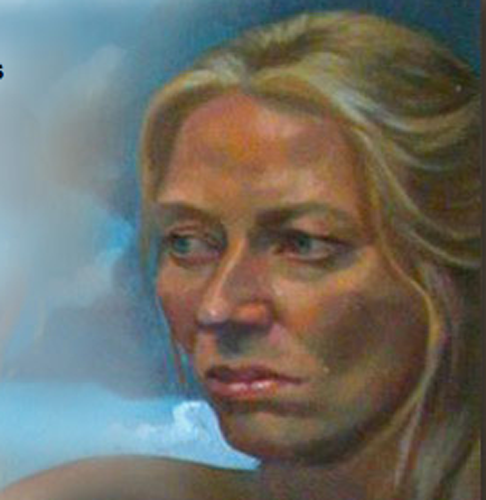
That she made a career as a courtroom artist seems unsurprising when you consider she grew up in a family of journalists. Her father Cameron Cornell was a newspaperman and broadcast journalist, while sister Irene Cornell is a longtime WCBS New York reporter who used to sometimes bring Christine to cover court cases with her.
She’s one of just a handful of well-known courtroom artists nationally. (Another, Jane Rosenberg, is working the Cosby case too.)
“There were about 18 of us in our heyday,” she said, referring to the late 1980s. “But news stations don’t cover trials quite the way they used to, and they rarely cover gavel-to-gavel anymore.”
And some states, such as New Jersey, have allowed cameras in courtrooms, further denting the business, she added.
Still, Cornell said she’s no starving artist. She’s drawn “tens of thousands” of courtroom scenes over her career, including the trials of boxer Rubin “Hurricane” Carter, former Philippine first lady Imelda Marcos, John Lennon’s assassin Mark David Chapman, Subway Vigilante Bernhard Goetz, World Trade Center bomber Ramsi Yusef, fraudster Bernie Madoff, convicted killer and Kennedy cousin Michael Skakel, and adulterous presidential hopeful John Edwards.
“I can go for weeks at a time and not be working,” she said. “But the truth is that I’m well-known enough in the business that I will get called.”
Some soul-eroding experiences
Beyond news outlets, she also sells her sketches to lawyers, who want visuals of their victories. But rarely do defendants want her work.
“Even if you get acquitted, it was a nasty time in your life, a gun pointed right at you, so you don’t want to remember or celebrate it,” Cornell said, of the defendants she draws.
Listening to the lurid details of heinous crimes can wear on a soul, Cornell admitted.
“There are some things that I’ve heard that I wish I never heard, because they can break your heart, and you don’t like to think human beings could go to such horrible lengths,” she said. “But when people do horrible things, it’s usually because they are in pain. What I’m always reaching for is that part of the person that got broken.”
Some people, though, are just “stone cold,” she added.
She wonders that about Cosby, recounting a story from jury selection in Pittsburgh earlier this month that she sees as proof that his “blind persona” is a phony ploy for sympathy.
She’d had a bad morning and decided to work through lunch. So she was in the courtroom when Cosby’s attorney Brian McMonagle joked about his pricey watch.
“His [Cosby’s] aide turns to him and says, ‘Boss, where’s your watch? You got a beautiful watch!’” Cornell said. “And Cosby said in this big voice: ‘What does a blind man need a watch for?’ And then he goes: ‘You’re not getting on my jury!’”
WHYY is your source for fact-based, in-depth journalism and information. As a nonprofit organization, we rely on financial support from readers like you. Please give today.



